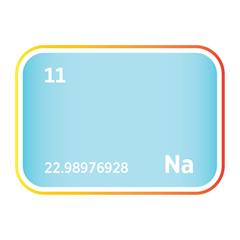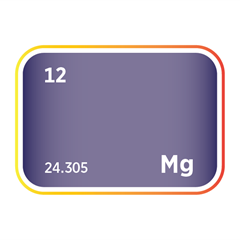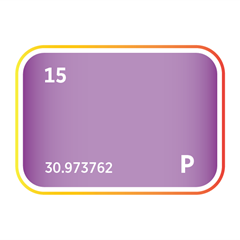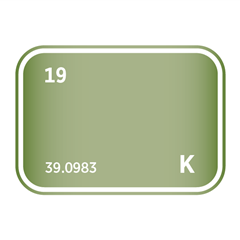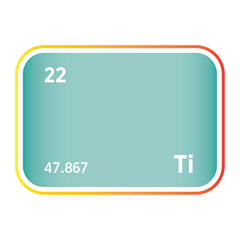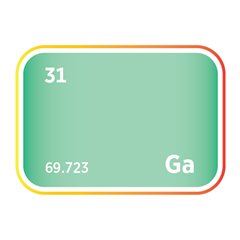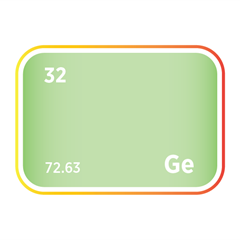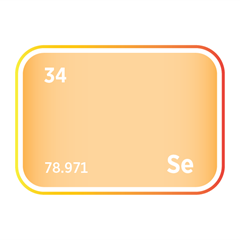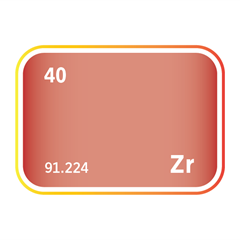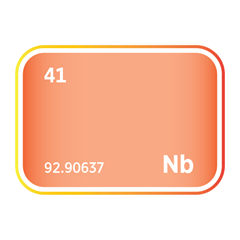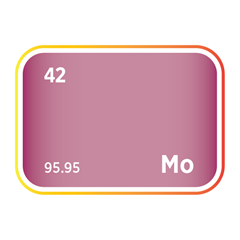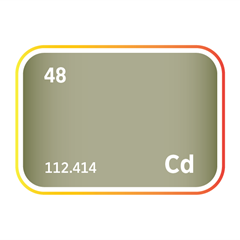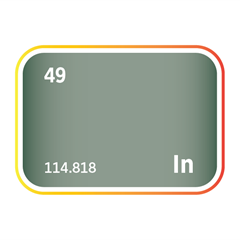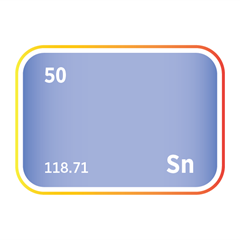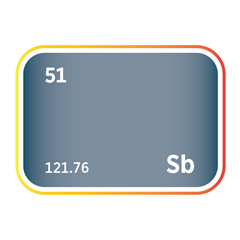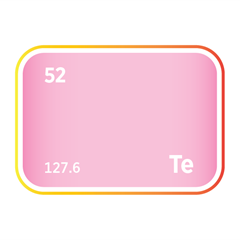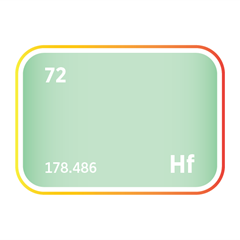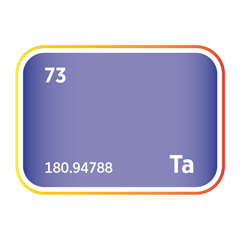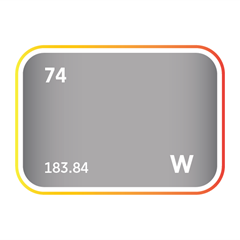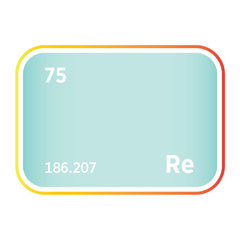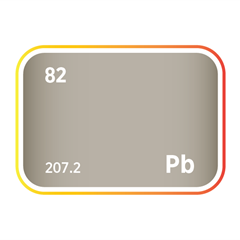Oxygen
Critical Minerals and The Energy Transition
Navigating the Oxygen Market
Oxygen, a vital element for life on Earth, is indispensable across various industries. This colourless, odourless gas is crucial in healthcare for medical oxygen therapy, environmental management for water treatment processes, and manufacturing for steel production, among other applications. Its role in combustion processes makes it essential for energy production and various industrial applications requiring high-temperature operations. Oxygen demand has surged, particularly in the medical field, where its importance has been underscored by global health challenges. Despite its abundance in the atmosphere, producing, distributing, and storing oxygen in forms that meet industrial and medical standards pose logistical and environmental challenges. The oxygen market is driven by the need for sustainable production methods, advancements in oxygen delivery systems, and the integration of green technologies to minimize the environmental footprint. As the world navigates towards a more sustainable and health-conscious future, the oxygen market is poised for innovation, enhancing accessibility, efficiency, and environmental sustainability in its applications, ensuring its pivotal role in supporting life and industry continues to grow.
An introduction to oxygen
Oxygen demand and end-uses
Oxygen is one of the most widely consumed industrial gases globally, with demand driven by its broad applicability across healthcare, metallurgy, chemical manufacturing, energy production, and environmental management. Its strong oxidising properties make it indispensable for processes that require combustion, biological oxidation, or chemical synthesis. As a result, oxygen is central to traditional industrial sectors and becoming increasingly important in emerging clean energy applications.
In healthcare, oxygen is critical for respiratory therapy and life support. It is used in hospitals, ambulances, and home healthcare settings to treat patients with respiratory conditions such as chronic obstructive pulmonary disease (COPD), pneumonia, and complications arising from Covid-19. The pandemic highlighted the fragility of oxygen supply chains in some regions, resulting in increased production and delivery infrastructure investment. Medical-grade oxygen must meet stringent purity standards, and demand is expected to remain high in ageing populations and in regions expanding healthcare access.
The steel industry is one of the largest industrial consumers of oxygen. It is a key input in basic oxygen furnaces (BOFs), where it reacts with impurities in molten iron to produce steel. Oxygen is also used in electric arc furnaces and in producing non-ferrous metals such as copper and aluminium. These applications rely on oxygen to accelerate combustion, improve thermal efficiency, and reduce emissions. Consequently, oxygen demand in metallurgy is closely linked to construction cycles, infrastructure development, and global steel output.
Oxygen is used as a feedstock in the synthesis of numerous chemicals in the chemical and petrochemical sectors. It supports the production of ethylene oxide, propylene oxide, methanol, and nitric acid, among others. Oxygen-enriched combustion is employed in petrochemical plants to reduce fuel consumption and lower emissions. As the chemical industry seeks greater efficiency and lower environmental impact, the role of oxygen in clean combustion and process intensification is growing.
Oxygen is also critical in environmental applications, particularly in water and wastewater treatment. It supports aerobic biological processes that break down organic matter in municipal and industrial effluent streams. High-purity oxygen can be used in advanced treatment systems to accelerate the degradation of pollutants and reduce the formation of harmful by-products. This makes it valuable in regions with stringent water quality regulations or limited freshwater availability.
The pulp and paper industry uses oxygen in bleaching processes to reduce reliance on chlorine-based chemicals. Oxygen delignification, for instance, is a widely adopted technique that improves pulp brightness while reducing environmental emissions. Similarly, oxygen is used in the glass and ceramics industries to raise furnace temperatures, improve energy efficiency, and minimise particulate and NOₓ emissions.
In energy production, oxygen is gaining attention for its role in oxy-fuel combustion, a process in which fuel is burned in pure oxygen rather than air to produce a flue gas consisting primarily of carbon dioxide and water. This makes capturing CO₂ for sequestration or reuse easier, supporting efforts to decarbonise heavy industry. The growth of hydrogen as a fuel source is also tied to oxygen, since water electrolysis—the primary method of producing green hydrogen—generates oxygen as a co-product.
In aerospace and defence, liquid oxygen (LOX) is an oxidiser in rocket propulsion systems. It is combined with liquid hydrogen or kerosene fuels to achieve the high energy density needed for space launch. Although this is a niche market, it is strategically important, particularly for countries developing satellite or defence launch capabilities.
Overall, oxygen demand is expected to remain strong and diversified. While its industrial base in metallurgy and chemicals continues to underpin global consumption, its relevance in healthcare, environmental technology, and clean energy is expanding. As industries transition toward more sustainable and efficient processes, oxygen's role in enabling these shifts will only grow in strategic importance.
Oxygen supply
Oxygen is primarily produced through cryogenic air separation, a highly industrialised and energy-intensive process that yields nitrogen, argon, and trace noble gases. Large-scale air separation units (ASUs) operate by cooling air to extremely low temperatures, allowing for fractional distillation of its components. These units are typically adjacent to primary industrial consumers such as steel mills, petrochemical complexes, and refineries, where gaseous oxygen is distributed via pipeline networks. For applications where on-site production is not viable, oxygen is supplied as liquid oxygen (LOX) or compressed gas in cylinders, depending on the scale and urgency of demand.
A few multinational industrial gas companies, including Linde, Air Liquide, Air Products, and Nippon Sanso Holdings dominate the global oxygen supply chain. These firms operate dense networks of ASUs across the United States, China, Germany, India, Japan, and other industrial economies. In developed regions, oxygen production is deeply integrated into core infrastructure. In contrast, production capacity in lower-income economies remains limited, and distribution networks are often insufficient to meet surge demand, as demonstrated during the Covid-19 pandemic.
Oxygen production is inherently regional. Due to its low energy density in gaseous form and the high cost and hazards associated with storage and long-distance transport, oxygen is typically generated close to its point of use. This geographic constraint contributes to the vulnerability of localised supply chains, particularly in areas without redundant ASUs or decentralised generation capacity. Many governments are investing in modular PSA (pressure swing adsorption) systems to mitigate such risks, particularly for healthcare, remote infrastructure, and emergency response.
Liquid oxygen, with its higher volumetric density and easier transport profile, is the preferred format for medium- to large-scale distribution. However, liquefaction requires significant electricity input and cryogenic handling systems, limiting its economic feasibility to large-scale or strategically supported operations. Compressed oxygen gas remains the default in portable or decentralised contexts, although it is logistically intensive and less efficient during periods of elevated demand.
Electricity pricing and energy reliability are central determinants of oxygen production economics. Cryogenic separation consumes substantial power, and thus production hubs tend to emerge in regions with stable grids and access to low-cost electricity. Oxygen production is more economically viable and scalable in hydroelectric-powered regions or energy-exporting nations. Conversely, volatile energy markets, grid instability, and decarbonisation pressures can affect the cost structure and expansion of oxygen infrastructure.
Emerging hydrogen economies are beginning to generate new oxygen supply vectors. Water electrolysis, used for green hydrogen production, yields high-purity oxygen as a by-product. While not yet a significant contributor to global oxygen supply, this co-product stream is expected to grow as electrolyser deployments scale. Capturing and integrating this oxygen output into regional supply networks could enhance efficiency and reduce reliance on cryogenic production for certain distributed or niche applications.
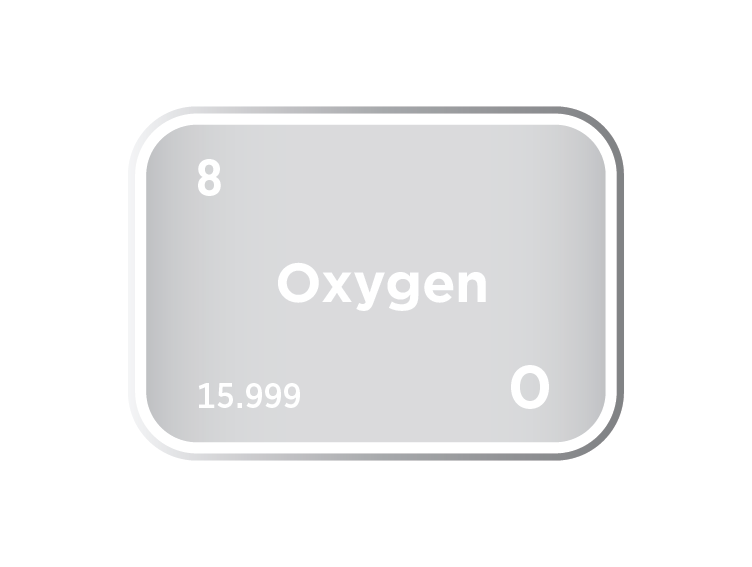
Oxygen substitution
Overall, oxygen remains irreplaceable in many of its fundamental roles, particularly in combustion, respiration, and oxidation, due to its unique chemical reactivity and biological necessity. However, technological innovation continues to deliver functional alternatives and system-level workarounds that can reduce reliance on conventional oxygen supply chains. In specific industrial contexts, alternative methods or process optimisations may displace or avoid oxygen use altogether, especially where cost, safety, or environmental constraints demand more efficient solutions.
In steelmaking and metal refining, where oxygen is used in basic oxygen furnaces (BOFs) to remove impurities from molten iron, alternative technologies such as electric arc furnaces (EAFs) can significantly reduce oxygen demand. EAFs rely on electricity rather than oxygen-fuel combustion, making them more compatible with scrap-based and low-carbon production routes. As the steel industry shifts toward electrification and circular material flows, this transition may effectively substitute for some oxygen-intensive processes.
In wastewater treatment and aquaculture, oxygen supports aerobic biological activity. Substitution is possible through anaerobic digestion systems, which do not require oxygen but rely on microbial communities that break down waste in oxygen-free environments. While anaerobic systems produce biogas and reduce sludge volume, they are not always suitable for every setting and often complement, rather than replace, aerobic treatment processes.
In medical settings, particularly in low-resource or emergency contexts, oxygen concentrators and modular PSA (pressure swing adsorption) systems provide a technological alternative to cylinder-supplied or centralised oxygen. While these systems do not "replace" oxygen itself, they serve as substitutes for traditional delivery infrastructure, especially during supply constraints or logistics failures, such as during pandemics or natural disasters.
Oxygen is deliberately displaced rather than substituted in controlled-atmosphere storage for food preservation. In these environments, nitrogen or carbon dioxide is introduced to reduce oxygen levels and slow down spoilage or oxidation. This is common in modified atmosphere packaging (MAP) for perishable goods, where inert gases functionally displace oxygen without performing biological or chemical roles.
In aerospace and rocket propulsion, oxygen is a critical oxidiser in liquid fuel systems. Although no direct substitute exists, alternative propulsion technologies, such as electric propulsion (ion drives), nuclear thermal propulsion, or solid-state systems, bypass the need for onboard oxidisers. These emerging technologies are still in development but signal long-term diversification away from oxygen-dependent systems in spaceflight.



Meet the Critical Minerals team
Trusted advice from a dedicated team of experts.

Henk de Hoop
Chief Executive Officer

Beresford Clarke
Managing Director: Technical & Research

Jamie Underwood
Principal Consultant

Ismet Soyocak
ESG & Critical Minerals Lead

Rj Coetzee
Senior Market Analyst: Battery Materials and Technologies

How can we help you?
SFA (Oxford) provides bespoke, independent intelligence on the strategic metal markets, specifically tailored to your needs. To find out more about what we can offer you, please contact us.



